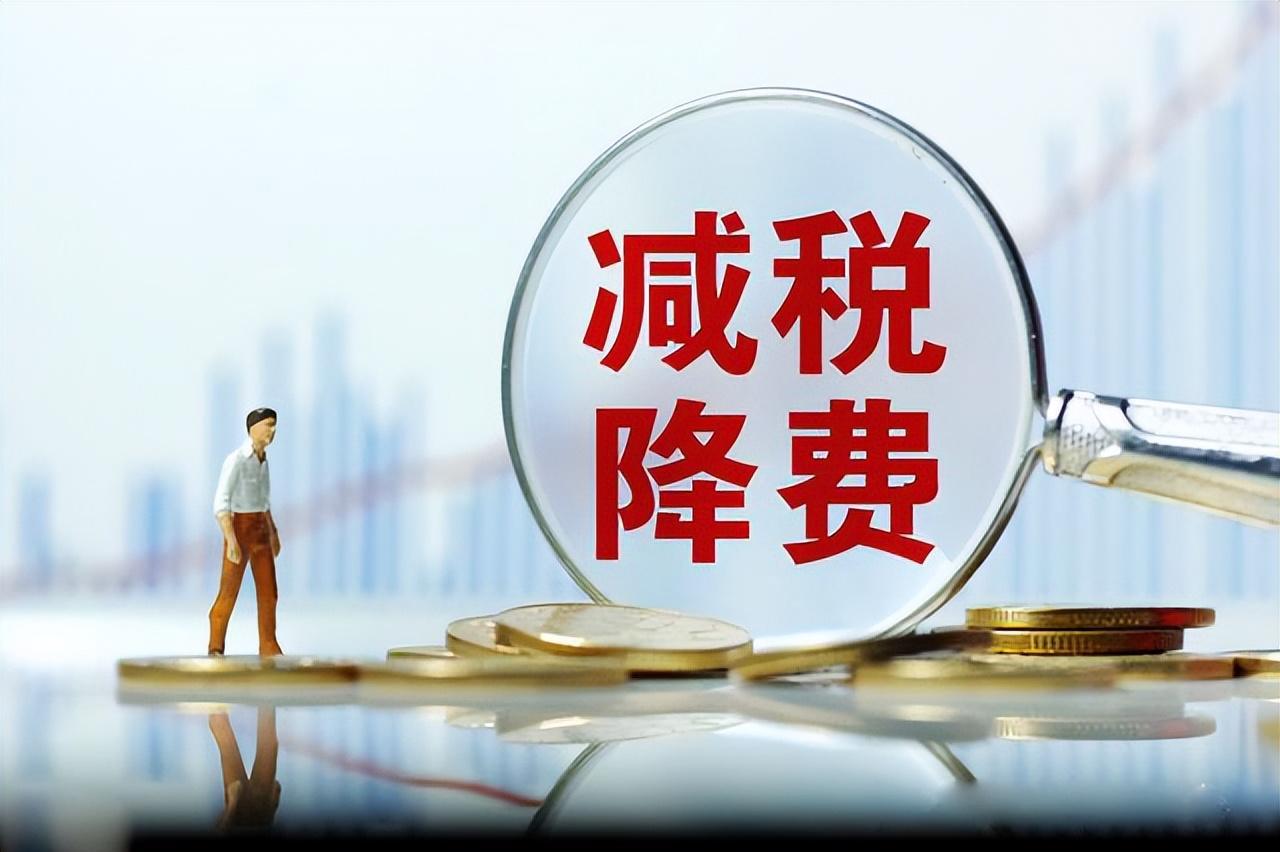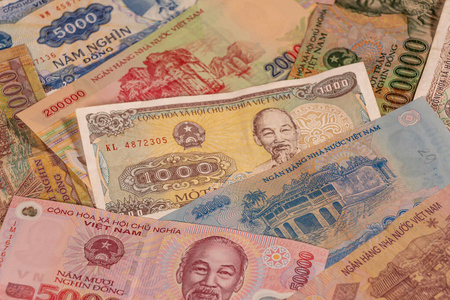
Driven by both the restructuring of the global industrial chain and the in-depth implementation of the Regional Comprehensive Economic Partnership (RCEP), Vietnam has emerged as a core destination for Chinese enterprises' "going global" initiatives, leveraging its continuously optimized business environment, significant cost advantages, and policy dividends. In the first quarter of 2025, China's direct investment in Vietnam reached USD 1.47 billion, a year-on-year increase of 68.5%, with investments in high-end sectors such as electronic manufacturing and new energy accounting for over 60%. This guide integrates Vietnam's latest investment regulations and practical corporate cases to provide investors with a full-cycle reference.
I. Investment Environment: Dual Empowerment from Policy Upgrades and Industrial Foundations
1. Continuous Optimization of the Policy Framework
The revised Investment Law and Enterprise Law (2023) have established a clearer foreign investment supervision system. On one hand, a dynamically adjusted "negative list" has been implemented, reducing the number of sectors off-limits to foreign investment to 12 categories. High-tech industries such as semiconductors and artificial intelligence (AI) have fully lifted foreign ownership restrictions. On the other hand, compliance supervision has been strengthened, with stricter standards applied to transfer pricing reviews for cross-border transactions and Environmental, Social, and Governance (ESG) requirements.
In 2025, technology-specific zones (e.g., Da Nang) have further launched "tax incentive packages". Semiconductor enterprises here enjoy a 15-year exemption from corporate income tax and personal income tax, along with a 50% reduction in land lease fees.
A standout feature of the policy is the significant improvement in administrative efficiency. Through the "one-stop" platform of Vietnam’s Ministry of Planning and Investment, foreign-invested enterprises can simultaneously apply for the Investment Registration Certificate and Enterprise Registration Certificate. The approval timeframe for general projects has been shortened from 15 working days to 5–10 working days. For instance, a Chinese AI startup that settled in Hanoi Innovation Center completed "joint certificate processing" via the platform, taking only 8 months from document submission to starting production.
2. Prominent Industrial and Geographic Advantages
Vietnam’s manufacturing sector has formed three pillar industries: "electronic information + textile and apparel + auto parts". In 2024, the export value of electronic information products reached USD 180 billion, accounting for 35% of the country’s total export volume.
Electronic industry clusters in Bắc Ninh and Hưng Yên provinces have already attracted enterprises such as Samsung and Intel. The supporting capacities for packaging testing and precision components have taken initial shape, creating a channel for Chinese enterprises to export technology.
The combination of geographic and trade advantages makes Vietnam even more attractive. Vietnam has signed 15 free trade agreements (FTAs). Via the EU-Vietnam Free Trade Agreement (EVFTA), 71% of goods exported to the EU enjoy zero tariffs. In 2024, Vietnam’s textile exports to the US reached USD 18.7 billion, a year-on-year increase of 23%, and the tariff gap between Chinese and Vietnamese export products stood at 20%–25%.
After the expansion of deep-water ports such as Ho Chi Minh City Port and Haiphong Port, logistics efficiency has improved by 35% compared to 2019, providing support for cross-border supply chains.

Ⅱ. Core Preferential Policies: Detailed Rules for Tax and Industrial Incentives in 2025
1. Tiered Tax Reduction and Exemption System
Vietnam’s corporate income tax adopts a "basic tax rate + special preferential" model. The standard tax rate is 20%, while micro and small enterprises with annual total revenue below VND 3 billion (approximately USD 120,000) enjoy a reduced rate of 15%, and enterprises with annual revenue between VND 3 billion and VND 50 billion are subject to a 17% rate.
Key industries receive even stronger preferential treatment:
High-tech sector: Semiconductor and AI enterprises in technology-specific zones can enjoy a 15-year full exemption from income tax, as well as exemption from import tariffs on R&D equipment.
Green energy sector: Photovoltaic (PV) and wind power projects are eligible for "tax exemption for the first 4 years + 50% tax reduction for the subsequent 9 years". Hydrogen energy R&D enterprises additionally receive a 150% super deduction for R&D expenses.
Regional preference: Projects in extremely poor areas enjoy a 10% tax rate for 15 years. Border areas such as Lào Cai Province can also (superimpose) "three-year exemption + two-year 50% reduction" on land rents.
Value-added tax (VAT) and tariff preferences serve as supplements. Exported goods can apply for a 10% zero-rate tax refund; a Chinese furniture exporter increased its annual tax refund cash flow by RMB 5 million by standardizing the management of customs declaration documents. Imported production equipment and raw materials for encouraged projects are exempt from tariffs—Shenghong Technology saved USD 8 million in equipment costs for its PCB factory in Bắc Ninh Province through this policy.

2. Local Supporting Incentives
Industrial parks have become the core carriers for policy implementation. Branded parks such as VSIP and Amata provide "customized service packages":
The industrial park in Long An Province offers factory construction agency services for PV enterprises, shortening the construction period by 40%.
The Ho Chi Minh City High-Tech Park exempts settled technology enterprises from land rents for the first 5 years, and charges 50% of the standard rent from the 6th to the 10th year.
Some local governments have also launched "employment subsidies": enterprises receive an annual subsidy of VND 1.2 million for each local skilled worker they employ.
Ⅲ. Hot Investment Sectors in 2025: Resonance of Policy Dividends and Market Demand
1. High-end Manufacturing: Upgrading from Assembly to Core Components
The electronic manufacturing sector shows a trend of "technological leapfrogging". Chinese enterprises are driving Vietnam’s transformation from an assembly base to a key node in the supply chain:
Green Precision invested USD 120 million in R&D of precision components for consumer electronics, directly connecting to Apple’s supply chain.
Weixing Co., Ltd. introduced a fully automated zipper production line at its factory in Thanh Hóa Province, replacing Japan’s YKK in the high-end market segment.
Investment Recommendation: Prioritize industrial clusters in Bắc Ninh and Phú Thọ provinces. These areas allow access to shared supporting resources from Samsung and Foxconn, reducing logistics costs by 18%-25%.
The textile and apparel industry focuses on the restructuring of the entire industrial chain. Chinese enterprises such as Shenzhou International and Huafu Fashion have built an ecosystem of "raw materials – spinning – dyeing and finishing – garment manufacturing" in Tây Ninh Province. Huafu Fashion’s USD 500 million project produces 290,000 spindles of new-type yarn annually, with 80% exported to international brands. In 2025, the Vietnamese government plans to invest USD 2 billion to promote the localization of fabric production; foreign investors participating in upstream dyeing and printing projects can enjoy additional tax reductions.

2. Green Energy and Digital Infrastructure
Renewable energy is entering a period of explosive growth. Vietnam has set a target of "30% of electricity generation from renewable energy by 2030". In 2024, the newly added photovoltaic (PV) installed capacity reached 5GW, with a fixed feed-in tariff subsidy of USD 0.07 per kilowatt-hour.
Lite-On Technology Group invested USD 690 million in building a green hydrogen plant in Quảng Ninh Province, supporting it with solar energy and charging station projects. This project enjoys the policy of "10-year tax exemption + land subsidies".
The investment payback period for onshore wind power projects is approximately 8-10 years, with the southern coastal areas having the optimal resource conditions.
Demand for digital infrastructure is surging. The global development of AI is driving the expansion of data centers in Vietnam, and high-end data centers integrated with AI functions have become a hotspot. Da Nang provides a 10% subsidy on the investment amount for digital infrastructure projects; a Chinese technology enterprise built a cloud service base here and simultaneously received capital injection from a government guidance fund.
Note on Compliance: Attention must be paid to data compliance. Cross-border data transmission requires a security assessment by Vietnam’s Ministry of Information and Communications.
3. New Consumer and Service Formats
The rise of the middle class has spurred consumption upgrading. Vietnam’s e-commerce transaction volume reached USD 50 billion in 2024, a year-on-year increase of 25%. Chinese brands such as Haidilao (hot pot chain) and Mixue Bingcheng (beverage chain) achieved monthly revenue of over USD 500,000 per store.
Investment Directions:
Cross-border e-commerce logistics: Leverage RCEP to build a "Vietnam - China - ASEAN" distribution network, which is eligible for tariff exemption on logistics equipment.
Smart home products: Enterprises using environmentally friendly materials can obtain additional tax reductions.
There is a supply gap in healthcare and education infrastructure. Foreign investors participating in hospital upgrading and vocational education projects can enjoy "tax exemption for the first two years". When a Singaporean healthcare group built a specialized hospital in Hanoi, it collaborated with local institutions to train medical staff in a targeted manner—this not only met compliance requirements but also ensured talent supply.
Ⅳ. Practical Implementation: Full Process from ODI Registration to Local Operations
1. Key Steps for ODI Registration in China
Chinese enterprises investing in Vietnam must complete "three rounds of registration":
NDRC Approval/Filing: Non-sensitive projects with investment over USD 300 million require approval from the National Development and Reform Commission (NDRC); projects below this threshold only need filing, which requires submission of a feasibility study report and investment agreement.
MOFCOM Filing: Submit materials via the "Overseas Investment Management System" to obtain the Certificate of Overseas Investment of Enterprises.
Foreign Exchange Registration: Submit the ODI certificate and capital proof to a bank to complete cross-border fund transfer procedures.
When a Chinese photovoltaic enterprise handled registration in 2025, it adopted the "China-Vietnam dual advisor" model (domestic law firm + Vietnamese consulting agency), shortening the registration cycle from 3 months to 45 days and avoiding repeated document supplements due to missing materials.
2. Local Registration and Operations in Vietnam
Selection of Legal Structure
90% of foreign-invested enterprises choose the Limited Liability Company (LLC) structure. The minimum registered capital is only VND 1 billion (approximately USD 40,000), and the paid-in capital can be completed within 90 days after the business license is issued.
A resident legal representative must be appointed, and this position cannot be held by foreign personnel.
Office and Factory Site Selection
For industrial projects: Prioritize branded industrial parks such as VSIP, which offer customs fast-track services and infrastructure subsidies.
For service industries: Core business districts (e.g., District 1, Ho Chi Minh City) are suitable. Although office rents in buildings like Bitexco Financial Tower are high, client visit volume can increase by 65%.
Handling of Special Permits
Food processing enterprises need HACCP certification from the Ministry of Health.
Logistics enterprises need the International Logistics Operation Permit from the Ministry of Transport.
It is recommended to entrust licensed agencies to handle these permits, which can shorten the cycle from 3 months to 15 working days.
Human Resource Management
The maximum probation period is 60 days; for employment termination, a 45-day advance notice and severance payment are required.
In 2024, the minimum social insurance contribution base is 18% of the monthly salary. It is recommended to adopt the "basic salary + performance bonus" model for compliant tax optimization.

Ⅴ. Risk Prevention: Key Risks and Mitigation Strategies in 2025
1. Policy and Compliance Risks
Vietnam’s laws and regulations are updated frequently. After the implementation of the new Corporate Income Tax Law in 2025, some enterprises were required to repay back taxes due to failure to adjust their tax planning in a timely manner.
Mitigation Strategies:
Hire local law firms to conduct quarterly compliance audits, and include a "policy change compensation clause" in investment agreements.
Prepare transfer pricing documents in advance for cross-border transactions, and use the China-Vietnam tax treaty to avoid double taxation.
2. Supply Chain and Operational Risks
The electronic industry relies on imports for over 70% of its upstream materials. A Chinese electronics enterprise saw its capacity utilization rate drop to 60% due to chip shortages.
Recommendations:
Collaborate with local suppliers to establish a 3-month inventory reserve mechanism, and prioritize industrial zones near Haiphong Port to shorten logistics cycles.
Regarding the labor force: there is a large gap in skilled workers. Enterprises can cooperate with vocational schools to carry out targeted training, and the government provides a 50% subsidy for training costs.
3. Foreign Exchange and Cultural Risks
In 2024, the Vietnamese Dong (VND) fluctuated by 5% against the US Dollar. Profit repatriation requires submission of tax clearance certificates and board resolutions; a European enterprise experienced a 3-month delay in fund transfer due to failure to update equity documents in time.
Solutions:
Use the cross-border RMB settlement service of BIDV Bank, which shortens the fund arrival time from 7 days to T+1.
Establish a quarterly reconciliation mechanism to ensure that financial records are synchronized with the central bank’s system.
For cultural integration: it is necessary to respect local holiday customs. A furniture enterprise resolved a strike crisis by implementing a "flexible leave system".
Ⅵ. Conclusion: Seizing the Transition Opportunity from "Cost-Driven" to "Value-Creation"
In 2025, Vietnam is transitioning from a recipient of labor-intensive industries to a high-end manufacturing hub. Policy dividends are concentrated in sectors such as semiconductors and green energy, and Chinese enterprises’ strengths in technology and industrial chain integration are highly aligned with these opportunities.
It is recommended to adopt a "phased deployment" strategy:
In the short term: Conduct market research through representative offices.
In the medium term: Launch projects based on industrial parks.
In the long term: Use Vietnam as a pivot to expand into the ASEAN and EU markets.
The key success factors lie in "professional teams + dynamic compliance":
Establish a team of legal and tax consultants in both China and Vietnam to continuously track policy changes.
Use digital tools to manage finance and human resources; for example, one enterprise realized the automation of tax declaration through an ERP system, reducing compliance costs by 30%.
Opportunities in the Vietnamese market belong to well-prepared investors. Accurately seizing policy windows and optimizing localized operations will be the key to success.




